… from the Wychwoods Albums Archive
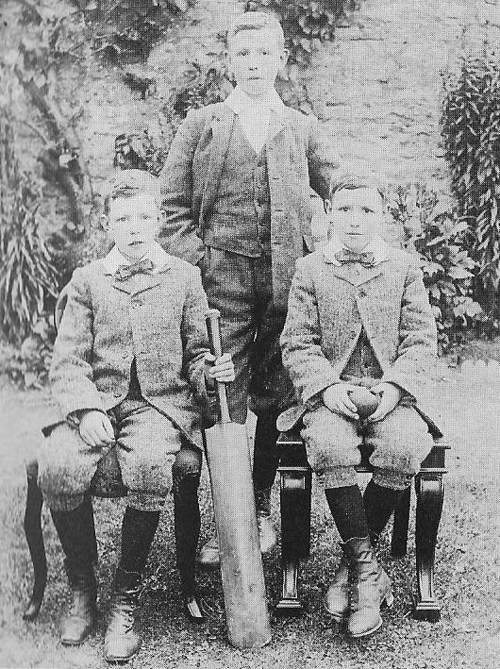
The Hartley family came to Shipton in 1882 and farmed at Grove Farm. The boys were all great sportsmen, between them playing hockey, football and cricket for Oxfordshire and England.
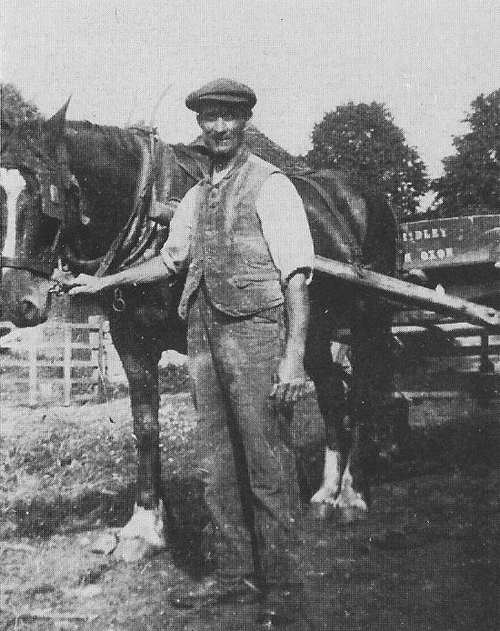
‘Chas’ Dore, like his father, was an itinerant hurdlemaker, going from farm to farm, cutting ash and willow on the farms as required. He also worked for Roy Ridley in Milton who ran a carrier’s cart to Chipping Norton. His grandson, Harold Dore, remembers that he continues hedging and ditching until he died aged 82.
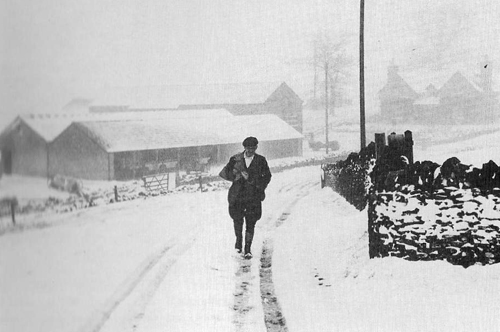
Fred, with his son George, took over the Crown Estate farm at Langley in 1938. George’s son, Dennis, who took this and the next photograph, remembers the Luftwaffe daylight raid on the radio station in 1940 when all 10 bombs fell in line across the farm.
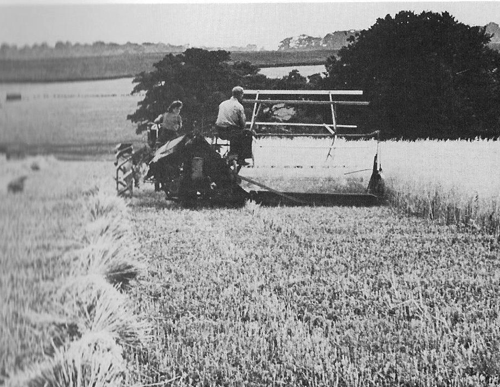
Oats were being harvested in the field looking towards the copse called Hensgrove with the road from Langley to Fordwells in the valley. George Mansell was on a McCormick reaper-binder with Meta Bastin, whom he later married, driving the International Farmall tractor.
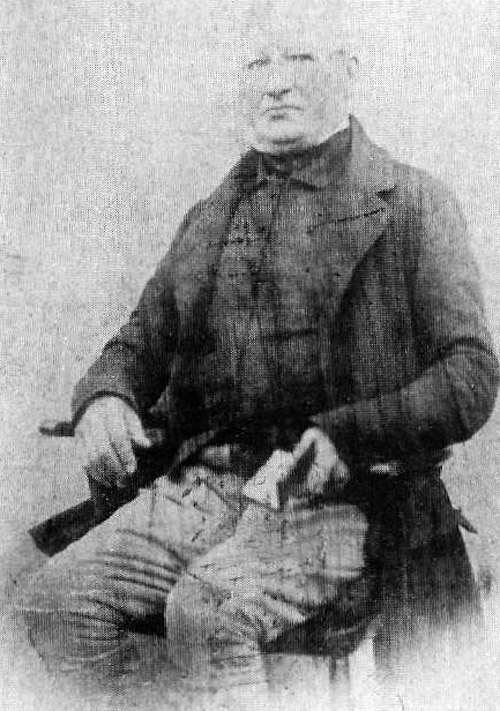
The Townsend family at Long House Farm were long standing tenant farmers of the Spencer Churchill family who purchased Cornbury House in the eighteenth century and who owned the majority of Ascott. Anthony Townsend (1792-1881) held many of the offices of the village – juryman at the manorial court, constable and fieldsman.
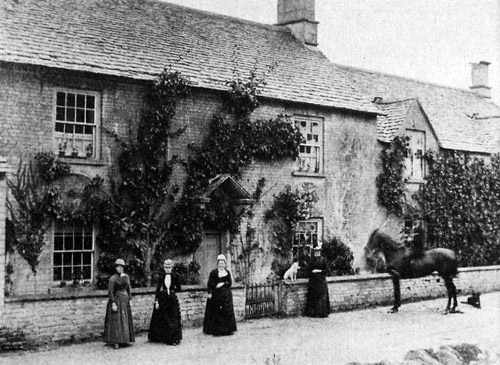
He was tenant when Ascott was enclosed in 1839 by private Act of Parliament brought by Lord Churchill and lived through many changes. He was the tithingman from 1842 until his death in 1881. In 1824, he married Martha Cooper who died in 1833, having had seven children including two sets of twins. The gentleman on horseback was his grandson, Edwin, with his sisters and other members of his family outside the farmhouse.
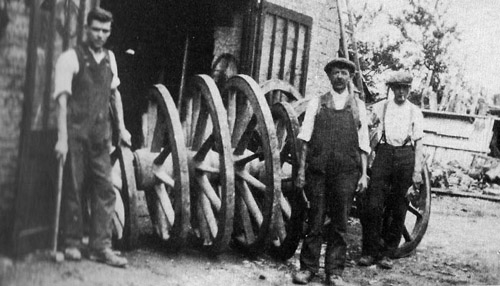
Robert Storey, Fred Dore and Michael Shayler worked for John Young and Son whose workshop and wheelwright shed was off the High Street, beyond Priory Lane.
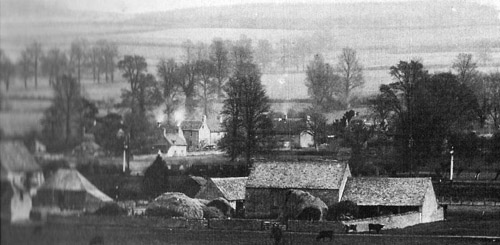
Manor Farm was cut off from the rest of the village by the Oxford, Worcester and Wolverhampton railway line opened in 1853. The small brick and timber building to the left of the rickyard is one of the last granaries in the area which still stands on its staddlestones.
The farm is the site of the motte and bailey castle built in the twelfth century for Roger d’Oilli and probably dismantled within fifty years. The importance of Ascott to the d’Oilli family was its proximity to the King at Woodstock and to Wychwood forest.
This is one of series of snapshots taken from the Society’s publications “The Wychwoods Albums”. These publications from the mid to late 1980s feature a variety of images of the Wychwoods, all of which deserve a place in our expanding online archive.
Select from:
WW1 Wychwoods Military | WW1 Wychwoods Memorabilia | Shipton WW1 Miscellany | St Michael’s Shipton Early 1900s | Early Prebendal Scenes| Shipton Court 1930s | Milton Scenes Early 1900s | Milton Social Activities | Farming Activities and People | Ascott Early 1900s | Leafield 1900s – 1930s | Fifield Residents Early 1900s | Idbury Early 1900s | Lyneham Miscellany| WW2 Evacuees | WW2 Wychwoods Home Front| WW2 Victory Celebrations|The First Wychwood Album

